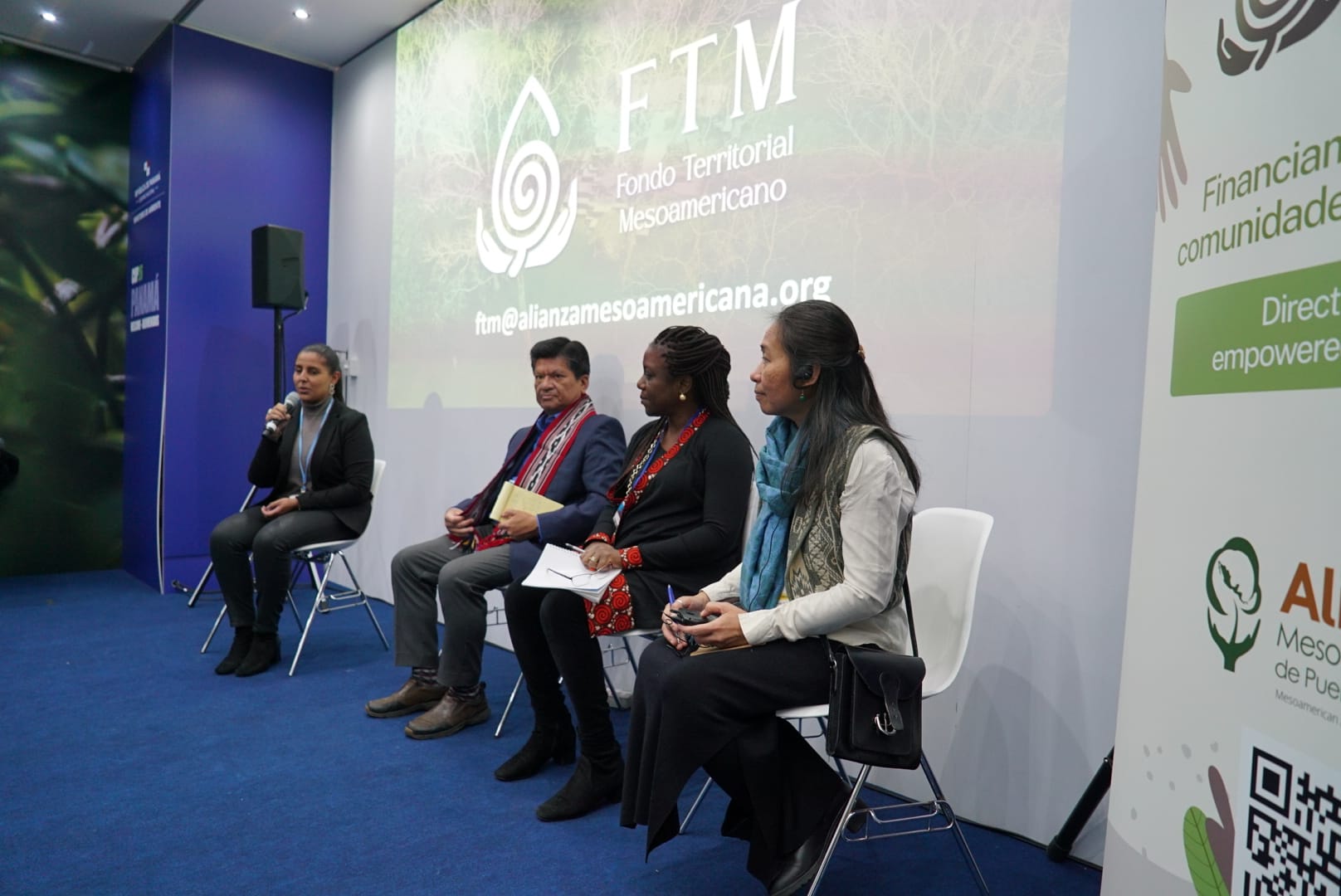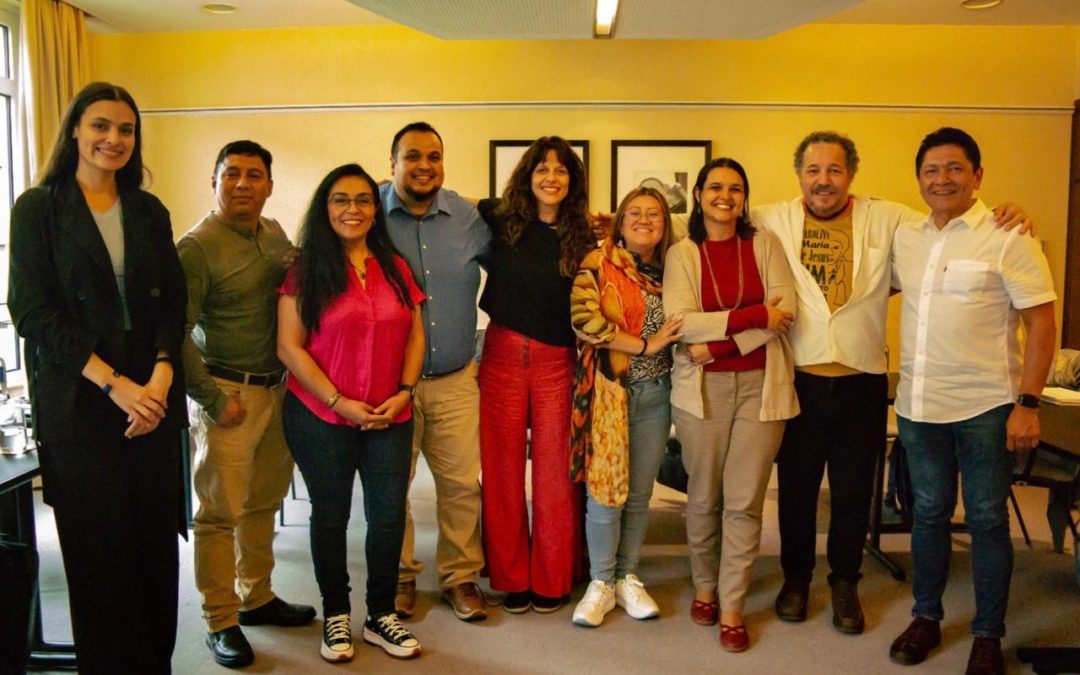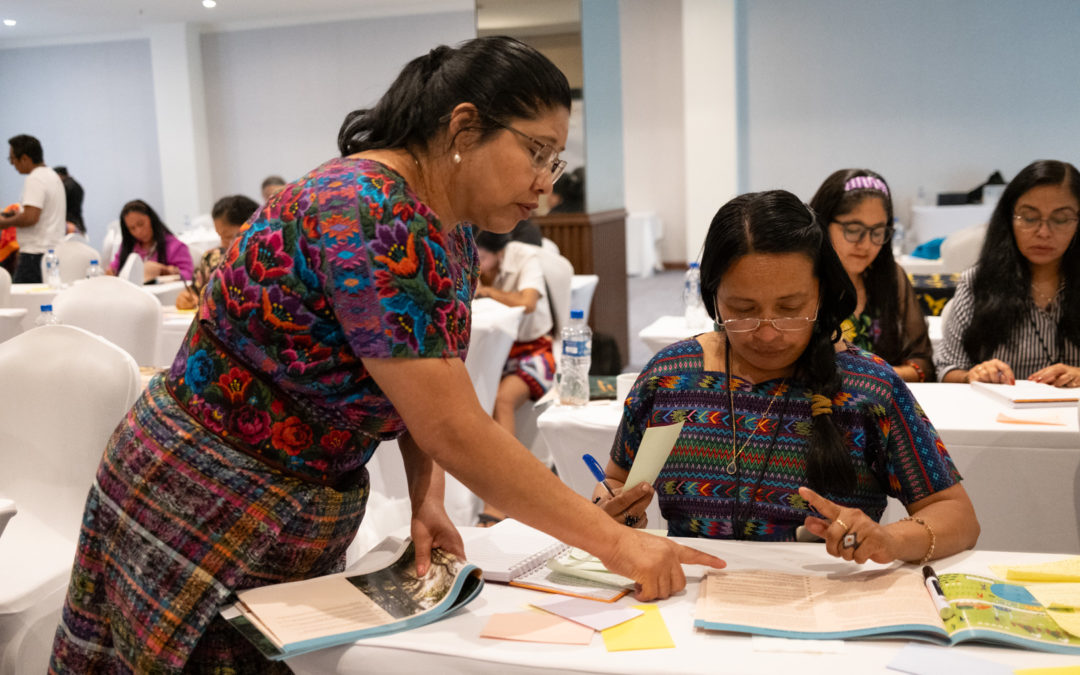Indigenous and local communities in Mesoamerica received with concern the announcement of $1.7 billion dollars made by public and private donors at the Conference of the Parties to the UNFCCC; If these funds use traditional channels, they will fail to reach the front lines of the fight against climate change. Mesoamerica raises an answer: the Mesoamerican Territorial Fund (FTM), a direct rights-based territorial financing mechanism.
The Mesoamerican Alliance of Peoples and Forests (AMPB), a platform of indigenous peoples and local communities that protects the largest forested areas from Panama to Mexico, presented the initiative in Glasgow, Scotland, during COP 26. The Mesoamerican Alliance of Peoples and Bosques (AMPB), a platform of indigenous peoples and local communities that protects the largest forested areas from Panama to Mexico, presented the initiative in Glasgow, Scotland, during COP 26. The launch was held on November 10 in Glasgow, Scotland , and featured presentations by Andrew Davis, a researcher at Fundación Prisma; Jorge Mario Rodríguez, Director of (FONAFIFO); Gustavo Sánchez, President of the Mexican Network of Rural Forest Organizations; and comments from Solange Bandiaky-Badji, Coordinator of the Rights and Resources Initiative (RRI); Nonette Royo, Executive Director Tenure Facility; and Luis Felipe Duchicela, USAID Indigenous Peoples Advisor.
“For years, a large number of international cooperation projects have reached our forests with their funds, but our access has always been mediated by third parties. This model imposes agendas that are far from the real needs that we face in the territories. The communities have shown that we know how to manage our natural resources, and the funds should respond to this vision ”, says Levi Sucre, Coordinator of the AMPB.
The rights-based Mesoamerican model has left important lessons and turns this region into a region of solutions that put into practice territorial governance, political advocacy, ancestral knowledge and territorial rights of communities.
“Indigenous peoples own about 8% of the national territory. Since 1997, Costa Rica, through transfers through the Payment of Environmental Services program, has favored and strengthened the capacity and administration of direct financial management to these territories. In this time, close to $ 60 million have been transferred. The Mesoamerican Territorial Fund presented to us by the Mesoamerican Alliance of Peoples and Forests represents a new opportunity for indigenous and non-indigenous organizations to access direct financing and thus reach the most vulnerable communities, ”says Andrea Meza Murillo, Minister of the Environment. and Energy of Costa Rica.
The FTM began its conceptualization with the experience of the AMPB, which has brought community funding to indigenous peoples and local communities since 2010 with the aim of promoting the territorial agenda and regional learning through a model based on three principles: community rights. , territorial alliances, and financing linked to measurable indicators contextualized according to the community reality.
“The Mesoamerican Territorial Fund is based on the self-determination of the peoples to support the priorities that the peoples themselves decide to manage the territory,” says Gustavo Sánchez, President of the Mexican Network of Forest Peasant Organizations and member of the Executive Commission of AMPB .
This mechanism is also part of the Shandia Vision, proposed by the Global Alliance of Territorial Communities in Glasgow. Shandia is a global ecosystem of direct community finance based on principles and preconditions that seeks to channel climate funds through regional mechanisms such as the FTM.
“This is one of the first regional financial mechanisms of and for indigenous peoples and local communities. I see the Mesoamerican Territorial Fund as a great alternative to traditional climate mechanisms that have failed to reach indigenous peoples and local communities. The $1.7 billion [announced at COP26] should go to direct mechanisms like the FTM, ”said Solange Bandiaky-Badji, RRI Coordinator.
Lands in the hands of tropical forest communities sequester more than 250 billion metric tons of carbon, and the lack of secure rights threatens to release much of this carbon into the atmosphere through deforestation, new research presented in COP 26.
However, indigenous and local communities have received less than 1% of climate financing for adaptation and mitigation in the last 10 years.



